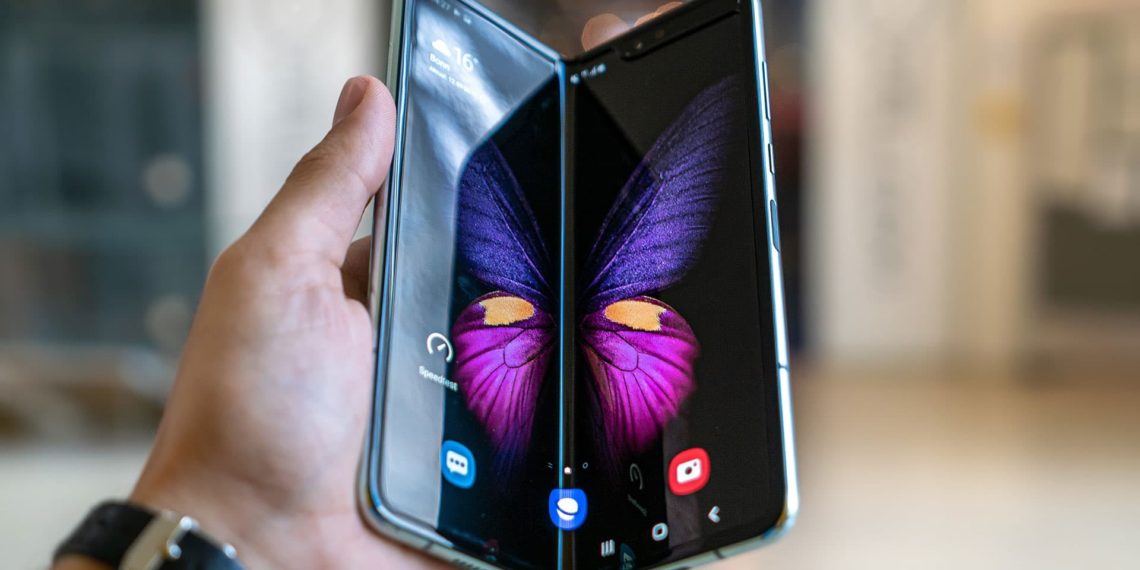Learn how to set up parental controls on iPhones, Android devices, and tablets to keep your kids safe while using apps, games, and the internet.
Why Parental Controls Matter More Than Ever
Kids are spending more time on devices than ever — watching videos, playing games, chatting, and exploring the internet. While technology can be a great learning tool, it also comes with risks like inappropriate content, screen addiction, online strangers, and hidden in-app purchases.
That’s where parental controls come in. With just a few steps, you can help keep your child’s digital experience safe, age-appropriate, and balanced.
Here’s how to easily set up parental controls on the most common phones and tablets.
📱 iPhone & iPad (Apple Devices)
Step 1: Turn on Screen Time
- Go to Settings > Screen Time
- Tap Turn On Screen Time, then choose This is My Child’s iPhone/iPad
Step 2: Set Downtime & App Limits
- Downtime: Set times when only allowed apps (like calling or educational tools) can be used.
- App Limits: Restrict time spent on specific app categories like games or social media.
Step 3: Content & Privacy Restrictions
- Go to Screen Time > Content & Privacy Restrictions
- Turn it on and set a parent passcode (don’t share it with your child!)
From here, you can:
- Block explicit content
- Prevent app downloads or purchases
- Restrict websites and Siri web search
- Limit access to location services, camera, and more
Bonus: Set Communication Limits
- You can control who your child can talk to during Screen Time and Downtime (e.g., only contacts).
🤖 Android Phones & Tablets (Using Google Family Link)
Family Link is Google’s free parental control app.
Step 1: Download Google Family Link
- Download Google Family Link for parents on your own device
- Download Family Link for children & teens on your child’s device
Step 2: Link the Devices
- Follow the on-screen instructions to link your child’s Google account and set restrictions.
Step 3: Manage Settings from Your Phone
From the Family Link app, you can:
- Set screen time limits and bedtime schedules
- Approve or block app downloads
- See how much time is spent on each app
- Lock the device remotely
- Filter Google Search and block adult sites in Chrome
- Set restrictions for YouTube (or enable YouTube Kids)
🔐 Tip: Always use a supervised Google account for your child (under 13, or under 16 in some countries).
📋 Additional Safety Tips
- Use YouTube Kids instead of regular YouTube
- Disable in-app purchases (to avoid surprise credit card charges)
- Turn off location sharing for young children
- Talk to your kids about online safety — tools are helpful, but open conversations are even better
🧠 Quick Recap: Key Parental Controls You Can Enable
| Feature | Apple | Android |
| Screen time limits | ✅ Screen Time | ✅ Family Link |
| App restrictions | ✅ Block by category or age | ✅ Block by age or manual approval |
| Content filtering | ✅ Web, Siri, iTunes | ✅ Google SafeSearch, Chrome filters |
| App store controls | ✅ Require permission to install | ✅ Block or approve downloads |
| Downtime / Bedtime | ✅ Scheduled app shutdown | ✅ Device “bedtime” scheduling |
| Communication limits | ✅ During downtime | 🚫 Not available in all regions |
Final Thought
Parental controls aren’t about spying — they’re about creating boundaries, helping kids build healthy tech habits, and giving parents peace of mind.
With a few simple steps, you can ensure your child’s digital experience is safe, age-appropriate, and distraction-free.








